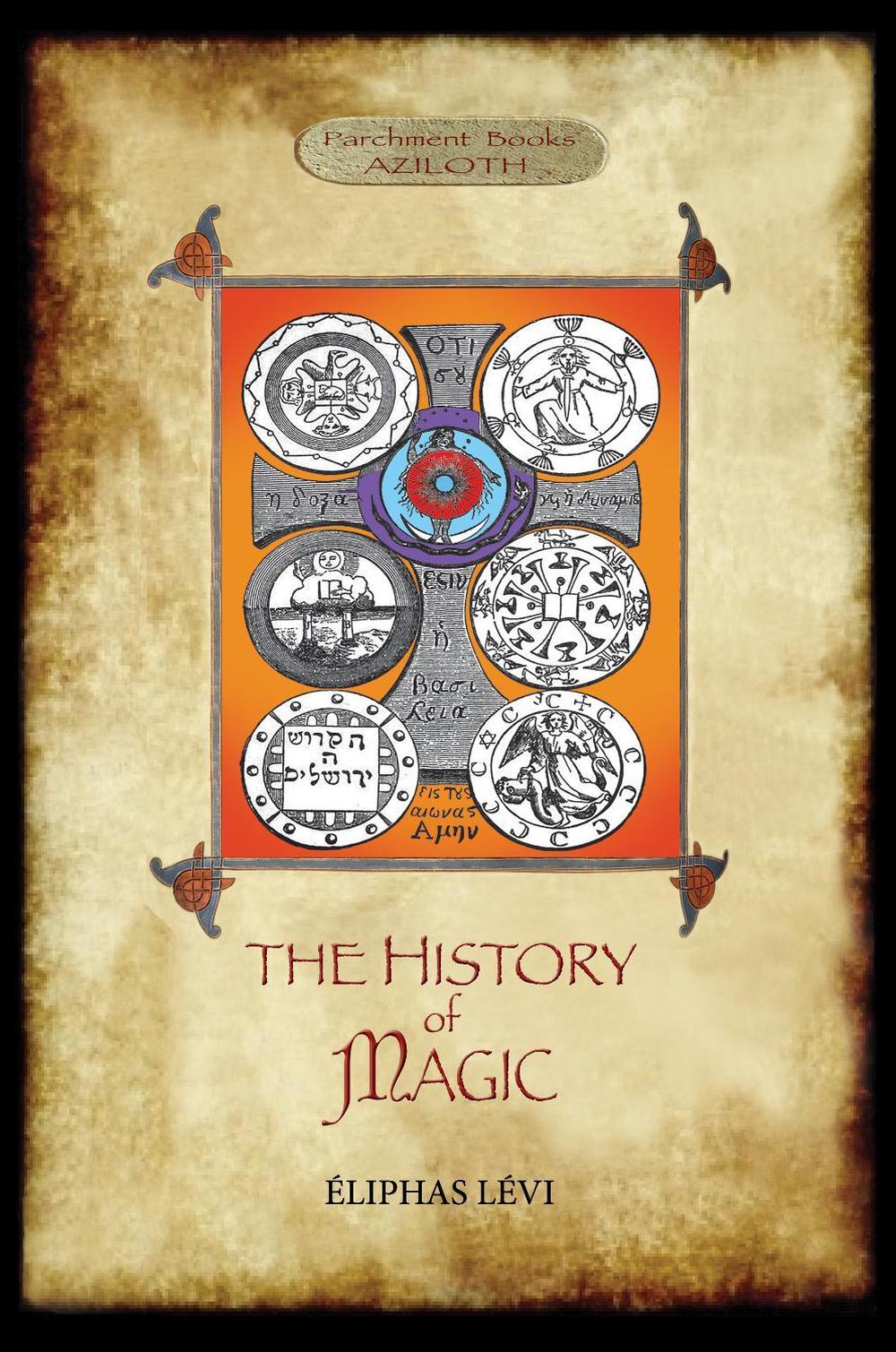
The History of Magic
including a clear and precise exposition of its procedure, its rites and its mysteries. translated, with preface and notes by a. e. waite. original illustrations. revised and extended index by aziloth books.
$38.89
- Paperback
360 pages
- Release Date
6 October 2020
Summary
Unveiling the Mysteries: A History of Magic Through the Ages
As a comprehensive exploration of magic through the ages, The History of Magic stands as a remarkable work.
Éliphas Lévi, born into humble circumstances in 1810, emerged as a prominent voice in the occult. His journey, marked by an early fascination with the “Secret Doctrine” and magic, led to the publication of Transcendental Magic, its Doctrine and Ritual and later, The History of Magic…
Book Details
| ISBN-13: | 9781913751012 |
|---|---|
| ISBN-10: | 1913751015 |
| Author: | Éliphas Lévi |
| Publisher: | Aziloth Books |
| Imprint: | Aziloth Books |
| Format: | Paperback |
| Number of Pages: | 360 |
| Release Date: | 6 October 2020 |
| Weight: | 556g |
| Dimensions: | 31mm x 245mm x 156mm |
You Can Find This Book In
About The Author
Éliphas Lévi
Éliphas Lévi (1810-1875) was the pseudonym used by Alphonse-Louis Constant after 1853, around the time he first published Doctrine and Ritual. An artist, poet, political activist and writer, and in his later years of life, occultist, here was a man who helped to fuel the occult revival and focused interest on spiritualism that swept through the Western world during the French Revolution and which would endure until the World Wars. Constant was born into a poor working-class family, the son of a shoemaker. However, he demonstrated prodigy and high intellect from a young age, which inspired the priest of his local parish to send Constant to the Society of Saint Sulpice for a free seminary education where the boy learned Greek, Latin, and Hebrew. In his childhood, Constant tended to be a solitary child, more interested in drawing and painting. Later he would manage to support himself by selling his art. Though he entered the seminary on a track to priesthood, he was later compelled to drop out due to an alleged affair with an underage female student and his incompatible theological beliefs that were growing at odds with the Church. Throughout his 20s and 30s, Constant was a radical socialist, a form of extreme left liberal political ideology of his time. He attributed his political leanings to his Christian love of humanity, in spite of such leanings tending to run contrary to the Church. While devoted to his faith, Constant was also critical of the Church, and spoke out against its conservative views on sexuality and its denigration of women. In 1841, he was thrown in jail for his incendiary journalism and political activism. At trial, he made the following statement: “As a child of the people, I have suffered with the people and have dared to speak in the name of the people … . My only crime has been a deep love of mankind.” Fellow Socialist activists, however, didn’t quite understand him. While they supported his radical left political writings, they said this about him: “You possess devotion and energy, but you are mistaken when you speak to us of God, Spirit, and Love. We know only nature and matter.” During this time he also co-authored The Emancipation of Women with Flora Tristan (1803 - 1844), a feminist, socialist, writer, and outspoken champion for the working class. By 1848, Constant was thrown in jail yet again for his socialist politics. By his late 30s, Constant switched from politics to occultism and at the age of 46, published what would become his masterpiece, Dogme et Ritual de la Haute Magie under the pen name Éliphas Lévi. However, he never fully gave up politics, as his political writings had him incarcerated in 1855, the interim year between the publication of Doctrine and Ritual. After Doctrine and Ritual, he published the History of Magic in 1860 when he was 50 and then Key to the Great Mysteries in 1861. For much of his life, he struggled financially, was sedentary and introverted, and spent most of his time pent up in his small rented Parisian apartment. “Newton leads us back to Pythagoras,” he said famously. Thematic across all of his occult works would be the proposition that magic is a science, that science itself inherits a legacy of occult traditions, and for any religion to be true, it must agree with philosophy.
Arthur Edward Waite (1857-1942) was an American-born British poet and scholarly mystic who wrote extensively on occult and esoteric matters, and was the co-creator of the Rider-Waite tarot deck (also called the Rider-Waite-Smith or Waite-Smith deck). His biographer R. A. Gilbert observed that “Waite’s name has survived because he was the first to attempt a systematic study of the history of western occultism….” Waite was a prolific author, writing occult texts on divination, esotericism, Rosicrucianism, Freemasonry, ceremonial magic, Kabalism, alchemy and the Holy Grail. A number of his volumes remain in print, including The Book of Ceremonial Magic (1911), The Holy Kabbalah (1929), A New Encyclopaedia of Freemasonry (1921), and his annotated translations of Éliphas Lévi’s 1854-56 Transcendental Magic, its Doctrine and Ritual (1910) and Levi’s 1860 The History of Magic (1913). Waite also wrote two allegorical fantasy novels, Prince Starbeam (1889) and The Quest of the Golden Stairs (1893), and edited Elfin Music, an anthology of poetry based on English fairy folklore.
Returns
This item is eligible for free returns within 30 days of delivery. See our returns policy for further details.




